Introduction
Shiitake mushrooms, known for their earthy aroma and rich flavor, are a staple in many culinary traditions worldwide. Their umami-laden taste enhances dishes from stir-fries to soups, making them a highly sought-after ingredient in gourmet kitchens and home cooks’ pantries alike. However, the challenge lies in maintaining their freshness, as shiitake mushrooms can quickly spoil if not stored properly. This comprehensive guide aims to provide practical tips and techniques for preserving fresh shiitake mushrooms, ensuring they retain their quality, texture, and flavor for as long as possible.
Understanding Fresh Shiitake Mushrooms
Before diving into preservation methods, it’s crucial to understand the basic characteristics of fresh shiitake mushrooms. Shiitake mushrooms (Lentinus edodes) have a cap that can range from light brown to dark brown, often with a distinctive white or cream-colored underside. They are relatively firm with a meaty texture and a slightly sweet, nutty flavor profile. Fresh shiitake mushrooms are highly perishable due to their high moisture content, making proper storage essential to prevent spoilage.
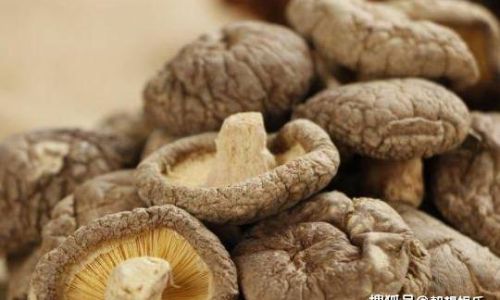
Immediate Handling After Purchase
The moment you bring fresh shiitake mushrooms home, prompt handling is vital. Here are some initial steps to follow:
-
Inspection: Carefully inspect the mushrooms for any signs of mold, discoloration, or soft spots. Discard any damaged or spoiled mushrooms immediately to prevent the spread of contamination.
-
Cleaning: Gently wipe the mushrooms with a damp paper towel or soft cloth. Avoid soaking them in water, as this can cause them to absorb excess moisture and become soggy. If absolutely necessary to rinse, do so quickly under cold running water and pat dry with paper towels.
-
Trimming: Use a clean, sharp knife to trim off the stems if they are tough or dried out. This not only improves the appearance of the mushrooms but also helps them cook more evenly.
Storage Options for Fresh Shiitake Mushrooms
There are several effective ways to store fresh shiitake mushrooms, each suited to different needs and durations. Here are the most popular methods:
Refrigeration
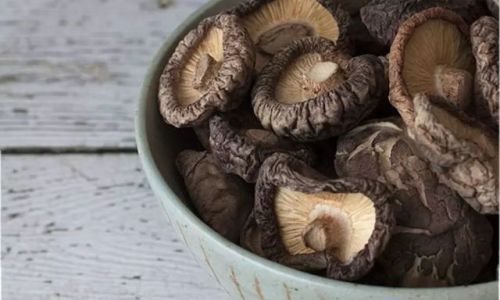
Refrigeration is the most common and straightforward method for preserving fresh shiitake mushrooms. Follow these steps:
-
Paper Towel and Plastic Bag Method: Place the cleaned and trimmed mushrooms on a paper towel to absorb any excess moisture. Fold the paper towel over the mushrooms and place them in a plastic bag with a few small holes punched for ventilation. This helps maintain humidity while preventing condensation.
-
Refrigerator Crisper Drawer: Store the plastic bag in the crisper drawer of your refrigerator, where humidity is controlled. Avoid placing the mushrooms directly on the refrigerator shelves, as this can expose them to cold drafts that can cause them to freeze slightly and become mushy.
-
Storage Time: Fresh shiitake mushrooms can be stored in the refrigerator for up to one week if handled properly. Check them regularly for signs of spoilage.
Freezing
For longer-term preservation, freezing is an excellent option. However, it’s important to note that frozen mushrooms will have a slightly different texture when thawed, making them more suitable for cooked dishes rather than raw salads.
-
Preparation for Freezing: Clean and trim the mushrooms as described earlier. You can either freeze them whole or slice them depending on your intended use.
-
Blanching: Blanching helps to preserve color, texture, and flavor. Submerge the mushrooms in boiling water for 2-3 minutes, then quickly plunge them into ice water to stop the cooking process. Pat them dry thoroughly with paper towels to remove any excess water.
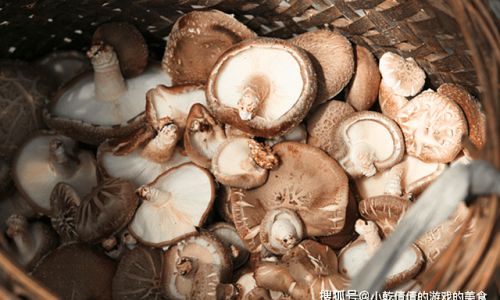
-
Freezing Techniques: Spread the mushrooms in a single layer on a baking sheet lined with parchment paper and freeze until solid. Once frozen, transfer them to airtight freezer bags or containers to minimize freezer burn.
-
Storage Time: Properly frozen shiitake mushrooms can be stored for up to 6 months.
Drying
Dried shiitake mushrooms have a concentrated flavor and can be stored for extended periods. While they lack the texture of fresh mushrooms, they are excellent for soups, stocks, and sauces.
-
Dehydration Process: Use a food dehydrator or an oven set to a very low temperature (around 150°F or 65°C). Slice the mushrooms thinly to ensure even drying. Spread them in a single layer on dehydrator trays or oven racks.
-
Monitoring: Drying time can vary depending on the thickness of the slices and the drying method used. It typically takes 4-12 hours. Check regularly to ensure they are not over-dried, which can make them brittle and difficult to rehydrate.
-
Storage: Store dried shiitake mushrooms in an airtight container in a cool, dark place. They can last for several months to a year.
Pickling and Canning
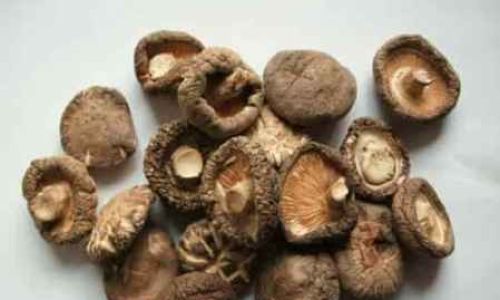
Less common but equally effective methods include pickling and canning. These preservation techniques involve immersing the mushrooms in a vinegar-based brine or sealing them in jars under pressure, respectively. Both methods require specific equipment and knowledge of food safety practices to prevent contamination.
-
Pickling: Involves submerging mushrooms in a vinegar solution with spices and herbs for a tangy, preserved product.
-
Canning: Requires pressure canning to achieve a sterile environment, making the mushrooms safe for long-term storage at room temperature.
Conclusion
Preserving fresh shiitake mushrooms doesn’t have to be a daunting task. By understanding the basic principles of storage and employing the right techniques, you can ensure that your shiitake mushrooms remain fresh, flavorful, and ready to use for weeks or even months. Whether you choose refrigeration, freezing, drying, or more advanced preservation methods like pickling and canning, the key is to act promptly upon purchasing, handle the mushrooms with care, and store them in conditions that minimize moisture loss and microbial growth. With these guidelines, you’ll be able to enjoy the delightful taste and texture of fresh shiitake mushrooms whenever you need them, enhancing your culinary creations with their unique umami charm.
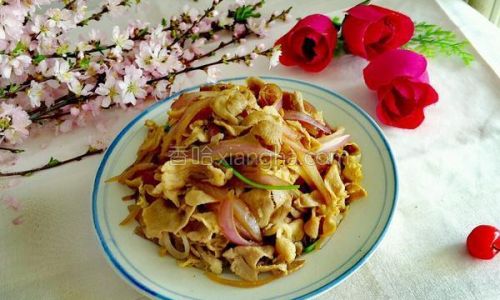
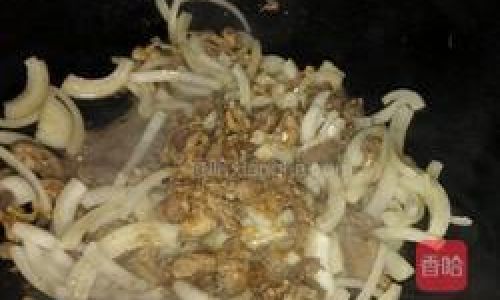
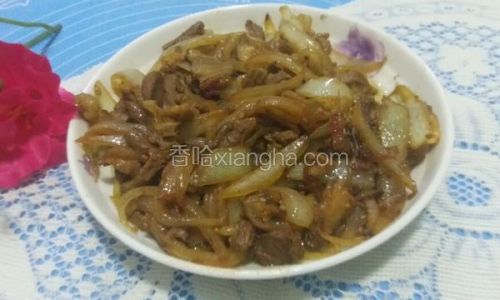
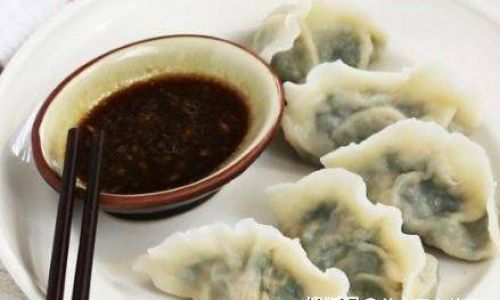
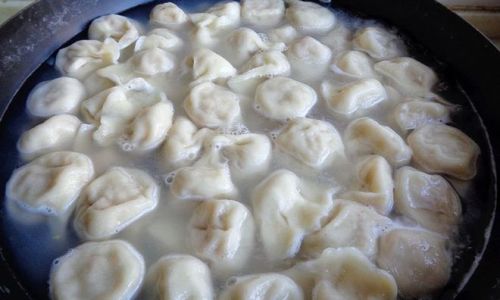
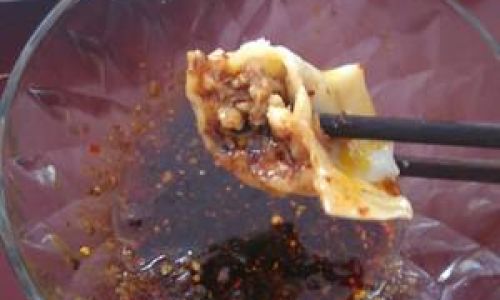
0 comments